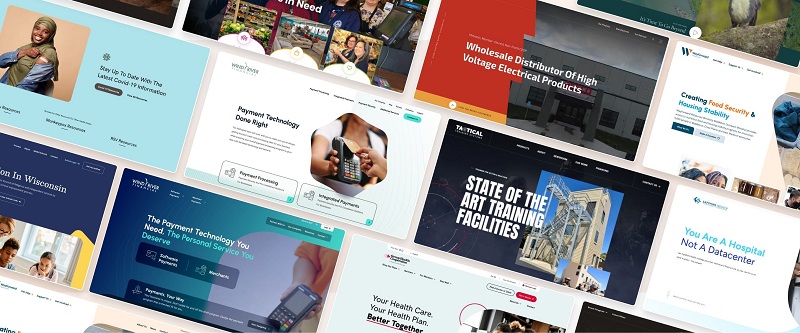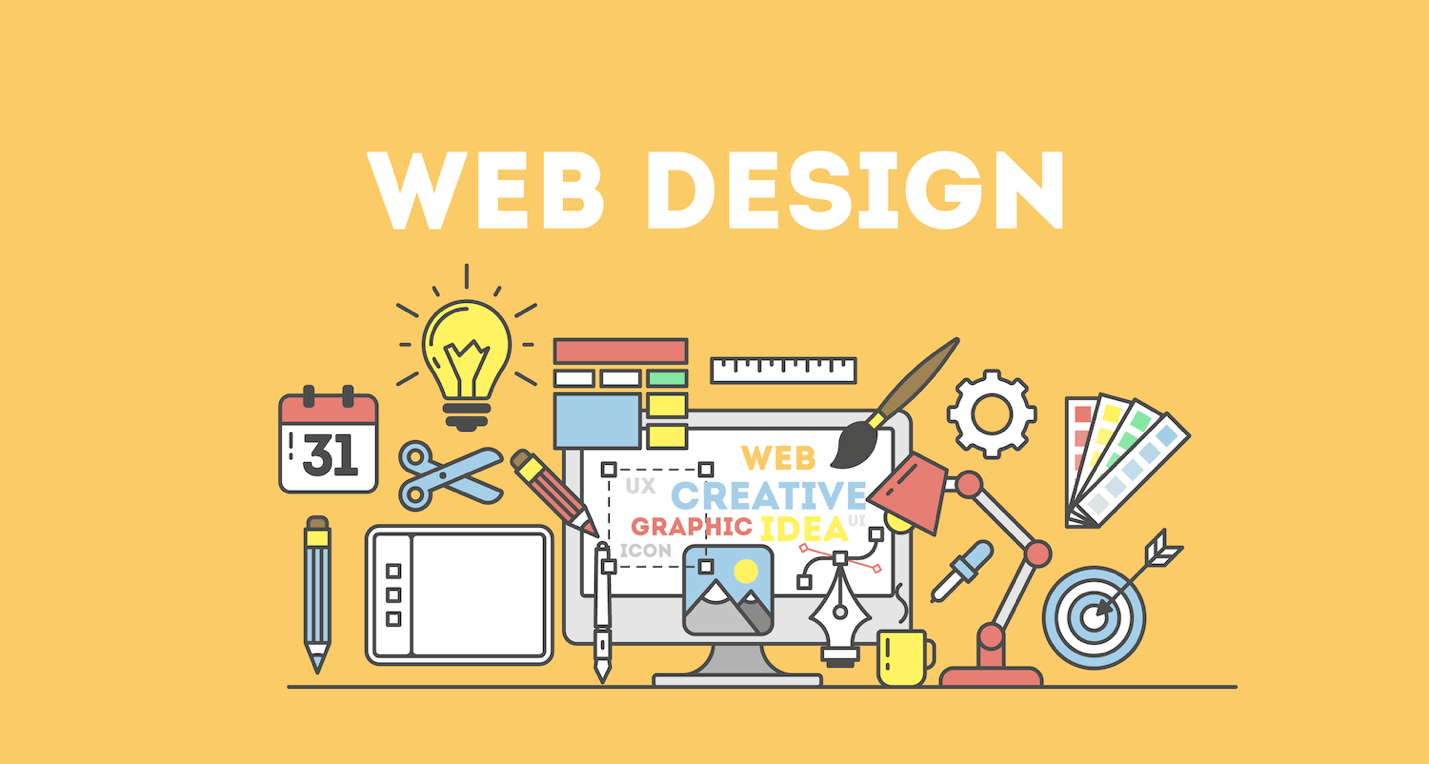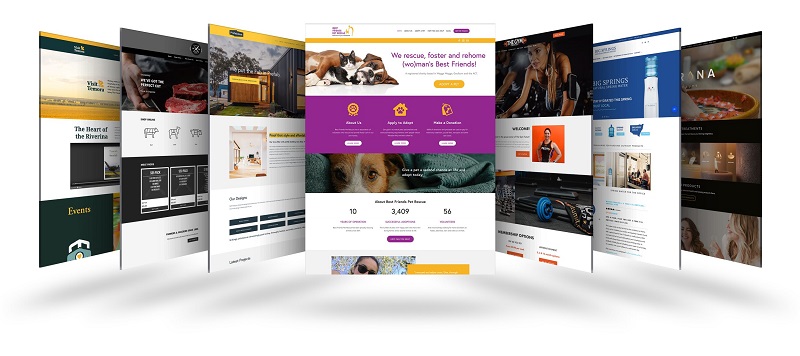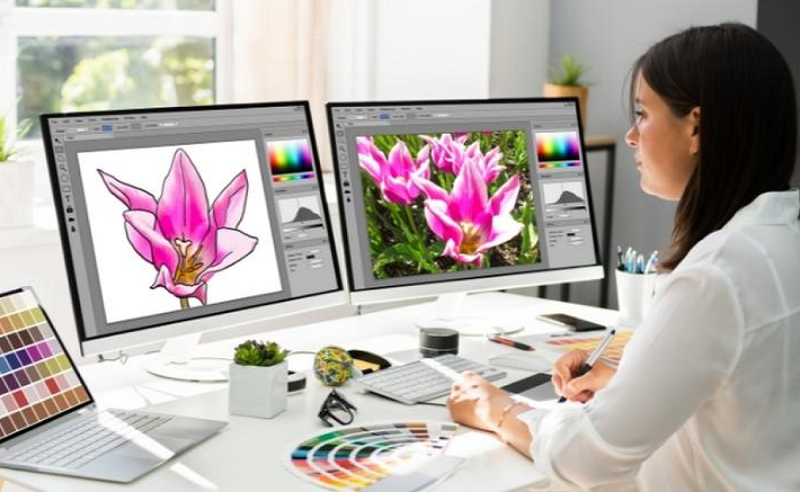Creating an effective product tour is essential for helping users get the most out of your product quickly and efficiently. A poorly designed product tour can confuse users, increase frustration, and hinder adoption. On the other hand, a well-crafted product tour can drive engagement, improve retention, and facilitate faster product adoption. Here are five essential tips for creating a successful product tour:
1. Provide Value From the Very Beginning
One of the biggest mistakes in designing a product tour is failing to offer immediate value. The goal of a product tour is not just to showcase features but to guide users to the key benefits of your product. A successful product tour should help users understand how the product can solve their problems or meet their needs right from the start.
Tips:
- Focus on the most important features and functions that users need to know immediately.
- Instead of overwhelming users with unnecessary information, emphasize how your product can make their tasks easier or more efficient.
- Offer clear, actionable next steps to help users get started quickly and confidently.
By providing value early on, users will feel more motivated to continue engaging with the product, leading to better onboarding and adoption.
2. Improve Targeting
Your product tour should be targeted based on the user’s behavior and needs. Showing users the most relevant features depending on their usage patterns can make the tour more impactful. For example, if a user logs into your CRM to view customer contact information, guide them to the dashboard where they can access this feature directly.
Tips:
- Tailor the product tour based on the user’s role or the actions they’re likely to take next.
- Use in-app prompts or notifications to highlight new features or changes when relevant, ensuring they align with the user’s tasks or interests.
- Avoid bombarding users with a tour that feels irrelevant to their immediate needs.
Targeted product tours help users connect with the product in a way that’s useful to them, increasing the likelihood of continued usage.
3. Provide Explicit Instruction
While some level of explanation is necessary, your product tour should not be bogged down by excessive information. Keep instructions clear, concise, and to the point. Overloading users with too many details can lead to confusion or frustration, making them more likely to abandon the product.
Tips:
- Use tooltips or pop-up instructions to guide users through key actions.
- Avoid lengthy descriptions—short, actionable steps work best.
- Make sure users understand the most important features without feeling overwhelmed.
Clear instructions allow users to quickly grasp the functionality of the product, helping them feel confident and ready to engage.
4. Avoid Long Stories
While storytelling can be an effective way to engage users, your product tour should focus on getting users up to speed with the product as quickly as possible. Avoid long-winded explanations or story-like content that might distract users from learning how to use the product.
Tips:
- Keep the tour interactive and action-oriented, encouraging users to engage with the product rather than just reading about it.
- Allow users to opt-out of the product tour if they feel confident or are in a hurry.
- Offer a skippable option for advanced users who don’t need the tutorial.
By focusing on direct and practical information, users can quickly learn how to use the product and see its value.
5. Ensure Design Consistency
A consistent design between your product and the product tour can help reinforce your brand identity and make the experience feel more cohesive. Users should recognize the visual style from the website or app they’re familiar with, so they don’t feel disoriented or disconnected.
Tips:
- Use the same colors, typography, and branding elements from your website or main app in the product tour.
- Ensure that navigation elements and layout are similar, so users can easily transition between the tour and the product.
- Keep the design clean and simple to avoid distractions.
Consistent design builds trust and makes the product tour feel like a natural extension of the overall user experience.
Conclusion
A successful product tour is about more than just showing off features; it’s about guiding users toward the most valuable parts of the product, making their learning experience as smooth and efficient as possible. By providing value right away, targeting users’ needs, offering clear instructions, avoiding unnecessary stories, and maintaining design consistency, you can create a product tour that boosts user adoption and engagement.
By following these tips, you’ll ensure that your product tour not only helps users get started with your product but also keeps them coming back for more.




